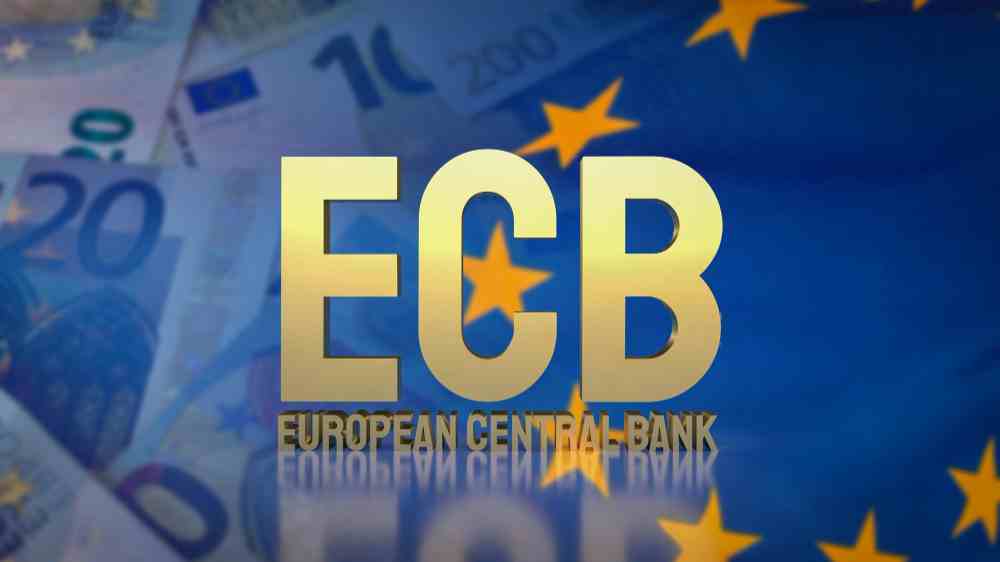The EUR/USD currency pair has found stability at the 1.0875 mark, following a period of decline. This recovery comes at a critical juncture as traders and investors brace for a series of significant economic events that are poised to impact the pair’s future trajectory. With the European Central Bank (ECB) expected to announce its first interest rate cut in five years and key economic data releases from the United States on the horizon, the forex market is set for a period of heightened volatility and strategic positioning. This article delves into the factors contributing to the EUR/USD’s recent stabilization and what lies ahead for the currency pair.
Early Asian Session Movement
The EUR/USD pair has managed to reverse its two-day losing trend, stabilizing around the 1.0875 mark during Thursday’s early Asian session. This recovery comes at a crucial time, as several significant economic events are lined up that are likely to influence the pair’s future direction. Traders and investors are closely monitoring these developments, which include key decisions from the European Central Bank (ECB) and important economic data releases from the United States.
ECB’s Anticipated Rate Cut

The European Central Bank (ECB) is set to make a pivotal decision during its meeting on June 6, where it is widely expected to cut interest rates for the first time in five years. Market analysts are predicting a reduction of 25 basis points (bps), which would bring the main refinancing rate down to 4.25%, the marginal lending rate to 4.50%, and the deposit rate to 3.75%. This anticipated rate cut is already being factored into financial markets, with a cumulative 43 bps cut priced in by September and around 60 bps by the end of the year. The expected divergence between the ECB’s dovish stance and the US Federal Reserve’s (Fed) policy could exert selling pressure on the Euro (EUR), creating a potential headwind for the EUR/USD pair.
US Economic Indicators and Fed Speculations
On the other side of the Atlantic, there is growing speculation about the possibility of the Fed cutting interest rates in September. This speculation is fueled by the slower pace of economic growth in the US during the first quarter. According to the CME FedWatch tool, traders are now pricing in nearly a 70% chance of a Fed rate cut in September, up from 54.9% at the beginning of the week. This expectation of a Fed rate cut is likely to weigh on the US Dollar (USD) in the near term. However, the USD has found some support from stronger-than-expected economic data, which could influence the Fed’s decision-making process.
Strong US ISM Services PMI Data
 One of the key pieces of economic data supporting the USD is the stronger-than-expected US ISM Services Purchasing Managers Index (PMI) for May. The PMI rose to 53.8 from 49.4 in April, significantly above the market consensus of 50.8. This robust data indicates a healthier services sector, which is a crucial component of the US economy. The stronger PMI data has provided a temporary boost to the USD, countering some of the negative sentiment arising from the expected Fed rate cut. Investors are now shifting their focus to other upcoming economic indicators to gauge the overall health of the US economy.
One of the key pieces of economic data supporting the USD is the stronger-than-expected US ISM Services Purchasing Managers Index (PMI) for May. The PMI rose to 53.8 from 49.4 in April, significantly above the market consensus of 50.8. This robust data indicates a healthier services sector, which is a crucial component of the US economy. The stronger PMI data has provided a temporary boost to the USD, countering some of the negative sentiment arising from the expected Fed rate cut. Investors are now shifting their focus to other upcoming economic indicators to gauge the overall health of the US economy.
Upcoming US Nonfarm Payrolls Data
Another critical economic indicator that investors are eagerly awaiting is the US Nonfarm Payrolls (NFP) data, scheduled for release on Friday. The market expects the US economy to have added 185,000 jobs in May. Stronger-than-expected employment data could further lift the USD and limit the upside potential for the EUR/USD pair. The NFP data is closely watched as it provides insights into the overall health of the labor market, which is a key factor in the Fed’s monetary policy decisions. A robust labor market could lead to higher consumer spending and economic growth, potentially influencing the Fed’s stance on interest rates.
Conclusion
In summary, the EUR/USD pair has shown resilience by snapping its two-day losing streak, but its future direction will be heavily influenced by upcoming economic events and data releases. The ECB’s anticipated rate cut, coupled with the divergence in monetary policy between the ECB and the Fed, will play a crucial role in shaping the pair’s movement. Additionally, key US economic indicators such as the ISM Services PMI and the NFP data will provide further insights into the health of the US economy and influence market sentiment. Traders and investors should closely monitor these developments to make informed decisions in the forex market.




